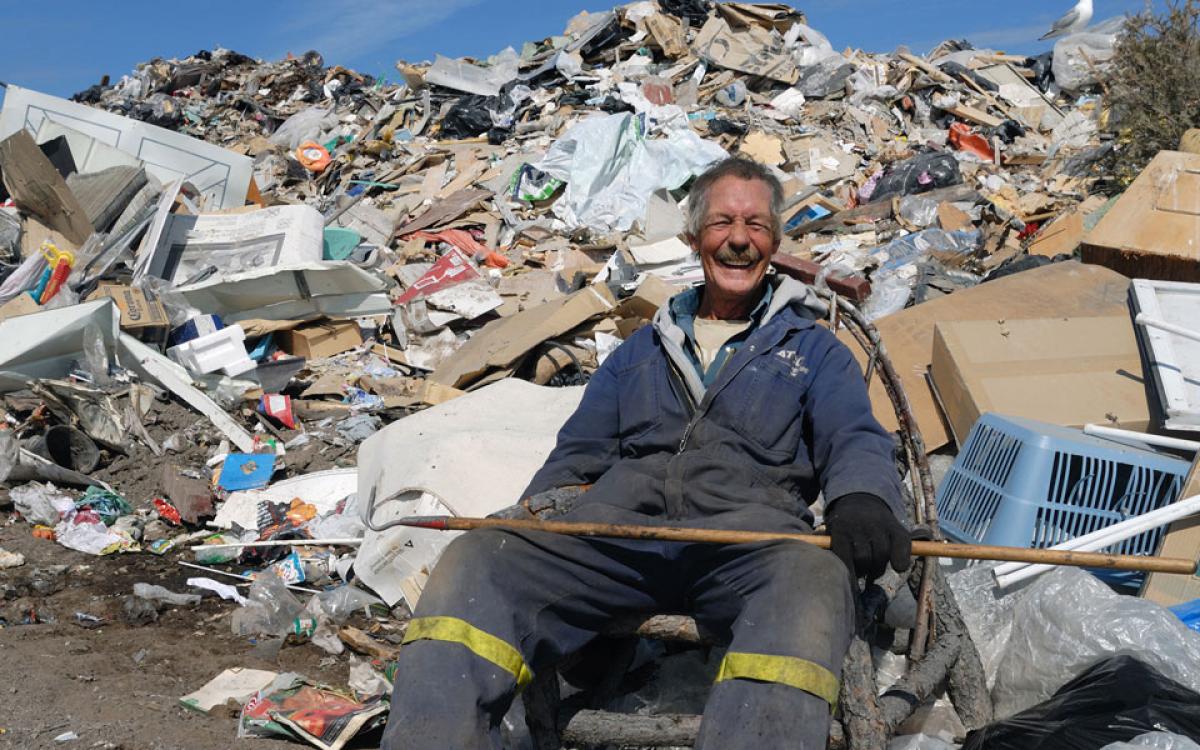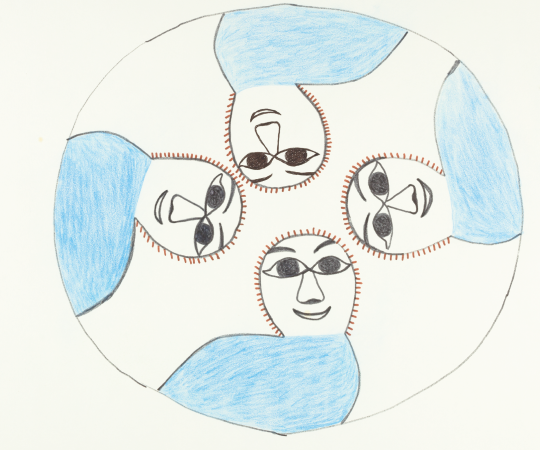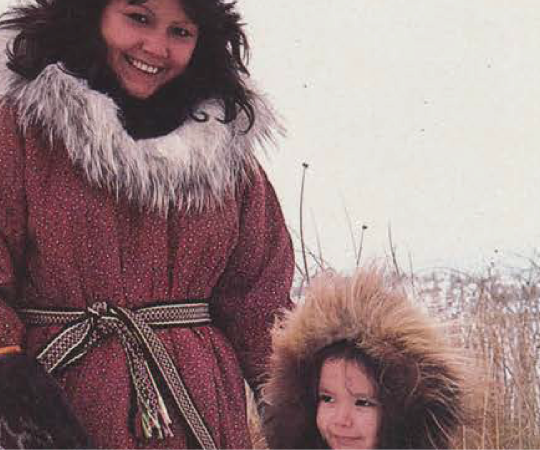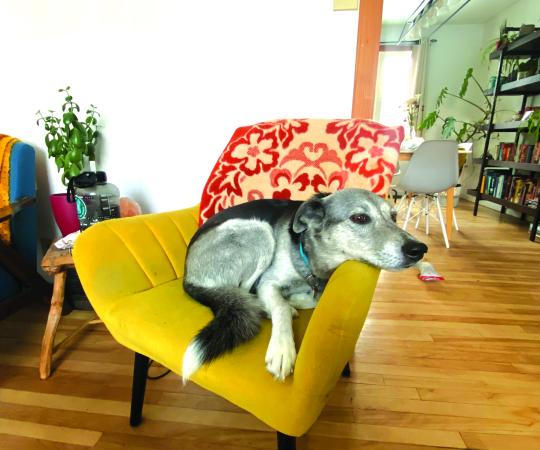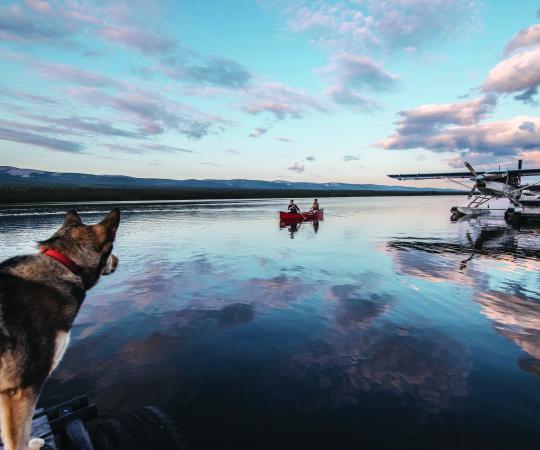Christmas decorations and exercise equipment. It shocked Amy C. Elliott how often she came across these items during the many weeks she spent at Yellowknife’s dump. And then there were the seagulls. So many seagulls. She might never shake the seagulls.
“The noise,” she says, taking a break from the arduous process of culling hundreds of hours of footage for her upcoming documentary film Salvage, which focuses on the city’s famed open-air market. “The screaming of the seagulls—I would hear it while I was trying to sleep.”
Elliott didn’t come all the way from New York to be harassed by seagulls. “I’ve always been very interested in the subjective value of things. How something can be—and it’s so trite—one man’s trash and another man’s treasure,” she says. (One of her previous documentaries looks at towns that promote “World’s Largest” tourist attractions.)
But finding a place to indulge this interest proved nearly impossible: Towns across North America have restricted dump access to salvagers, citing liability issues. After intense research and a disappointing scouting trip to a landfill in Cape Cod, Massachusetts, she discovered Yellowknife’s dump. “Believe it or not, as far away as it is, it was the closest, largest one still open in North America.” Elliott booked a ticket in 2009 and made five trips over the next five years to document the dump.
It turns out she arrived at a pivotal moment. Though some restrictions had been put in place in previous years, the dump was still, in essence, the same old community gathering place and second-hand store it had been for decades. “There are kids running around barefoot on this enormous pile of trash, and bulldozers backing up,” says Elliott of her initial visits. “It was just like an open working face that people were attacking with hooks on hockey sticks. It was pretty much a free-for-all.”
But that changed. The city, with its own growing concerns over liabilities should someone get hurt, began to reorganize the dump’s layout and limit access to certain spots. Elliott was able to document this time of transition—from the Wild West to a regulated three-cell salvaging area. “There’s no march on City Hall or anything,” she says. “There’s not all that much conflict. Some people are very sad. I have a lot of people talking very eloquently about how sad they are.”
As Elliott got to know the salvagers, the city began to play a more prominent role in her film. She grew to understand what the dump meant to—and said about—Yellowknife. “The salvagers I ran across weren’t doing it for financial reasons in any way. It was really a philosophy or attitude that things are not meant to be thrown away,” she says. “A lot of people that I interviewed talked about being so remote. A lot of people grew up with that idea that everything was to be reused and valued.” One profile subject told her that he would remove nails from boards he found at the dump to use again, back when everything had to be shipped or flown up. Despite having a Canadian Tire in town, it’s something he still does. “That’s an attitude, I think, that’s very much informed by place—by where you come from,” says Elliott. But when a place changes so much, will people feel a need to continue to salvage? Will they still find that important?
Those are questions Elliott grapples with now—and in the film. “Is thrift relevant anymore? Does it matter when we have access to so many cheap goods so quickly? Our time is important.” Though she gets why the city and governments stepped in—“I mean I came across live bullets and saw-blades”—she says the resourcefulness that was once so characteristic of Yellowknifers seems to have been lost. “It really was one of those last places, kind of like the last frontier of open dumps,” she says. “Now it is very much like every other place.”
Elliott hopes to complete the film early next year and have it hit the film festival circuit by early 2019.

